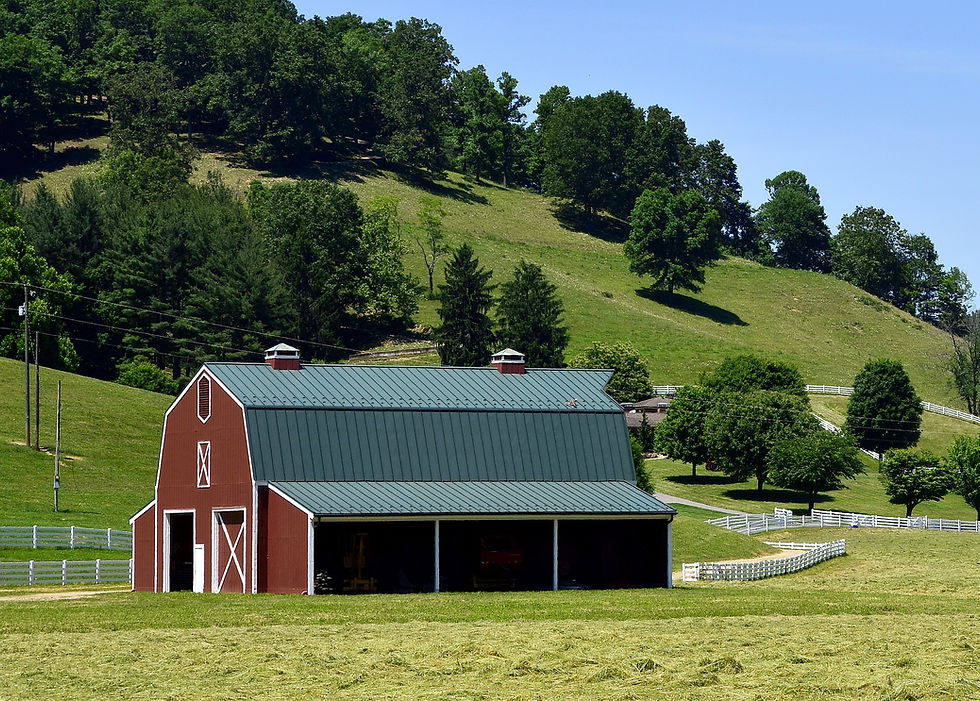Maximum Occupancy for Commercial Properties: What You Need to Know
- John@LiteHouse

- May 1, 2023
- 2 min read
Updated: Aug 22, 2023
Commercial property owners and managers must have a good understanding of the maximum occupancy requirements for their buildings. These regulations exist to ensure that occupants are safe and prevent overcrowding that could lead to hazardous situations.

What is Maximum Occupancy?
Maximum occupancy is the highest number of people allowed in a commercial building or a particular area within that building. It is determined based on various factors such as building size, layout, and function, as well as fire codes and other safety regulations. The maximum occupancy limit is usually established by local building and fire departments and is based on national standards and guidelines.
Why is Maximum Occupancy Important?
Maximum occupancy is critical for various reasons.
Firstly, it ensures that occupants have enough space to move around safely and comfortably. Overcrowding can cause accidents, injuries, and even fatalities, particularly during emergencies such as fires, earthquakes, or other disasters.
Secondly, maximum occupancy limits prevent damage to the building's structure and systems. Overuse of elevators, HVAC systems, and other equipment can lead to breakdowns and expensive repairs, while too many people in one area can cause damage to walls, floors, and other surfaces.
Finally, compliance with maximum occupancy limits is required by law. Failure to adhere to these limits can result in fines, penalties, and legal liability if an accident or injury occurs.
How is Maximum Occupancy Determined?
Maximum occupancy is determined by several factors, including the building's size and layout, the number and location of exits, and the type of occupancy, such as retail, office, or industrial. Generally, the more people present in a given area, the lower the maximum occupancy limit.
To determine the maximum occupancy for a building, one needs to consult with local building and fire departments and other regulatory agencies that may have jurisdiction over the property. These agencies will inspect the property and provide a detailed report outlining the maximum occupancy requirements and any necessary modifications or upgrades to ensure compliance.
Tips for Maintaining Maximum Occupancy Compliance
To ensure that commercial properties remain in compliance with maximum occupancy requirements, owners and managers should regularly review and update the building's maximum occupancy limits to ensure that they comply with current regulations and standards. Regular inspections of the property should also be conducted to identify potential hazards or areas of noncompliance. Clear and visible signage indicating the maximum occupancy limits for each area of the building should also be provided. Staff should be trained on emergency procedures and evacuation plans to ensure that they can respond quickly and effectively in case of an emergency. Owners and managers should consider implementing automated occupancy monitoring systems that can track the number of people in each area of the building and alert them when maximum occupancy limits are reached.
Conclusion
In conclusion, maximum occupancy requirements are vital for ensuring the safety and well-being of occupants in commercial properties. By understanding these requirements and taking steps to comply with them, owners and managers can protect their buildings, occupants, and businesses. If there are any questions or concerns about maximum occupancy for commercial properties, owners and managers should consult with local building and fire department officials or other regulatory agencies.





Comments